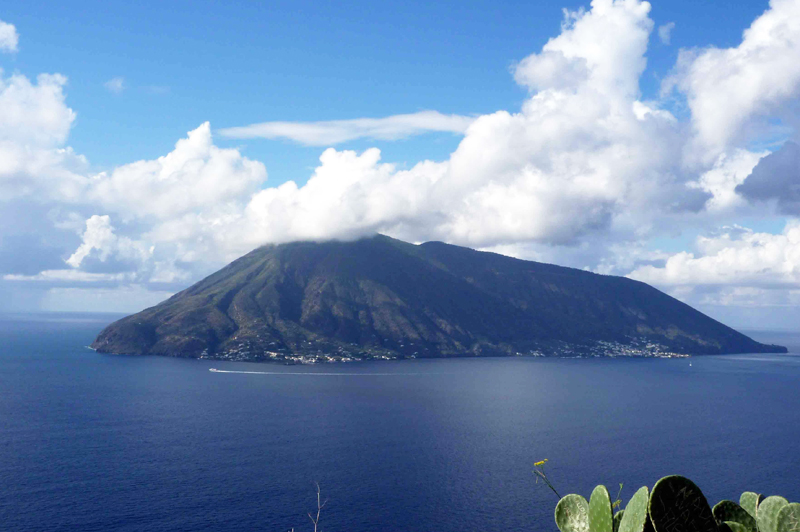The history of the Aeolian Islands is lost in the mists of time. The first men reached Lipari from Sicily in the mid Neolithic Age (early 4th millennium BC). These were farmers and merchants who found obsidian: a particularly hard, vitreous and shiny, black volcanic rock.
The mining and working of this precious mineral led to a major development in the Neolithic civilisation on the archipelago: villages were built and trade links with oversea countries around the Mediterranean intensified. Obsidian tools were much in demand: scrapers, arrow heads, blades, etc. With the introduction of metals (2500 BC), there was a sharp decline in the demand for obsidian, leading to an irreversible economic crisis that lasted 500 years. New ethnic groups arrived in Lipari and the other Aeolian Islands at the end of the 3rd millennium BC, the start of the Bronze Age, breathing new life into the economy and society.
People from Mycenae of the house of Aeolus (hence the name of these islands) built defences to protect their control of the maritime trade routes through the Straits of Messina. They brought with them the legends of the mythical King Aeolus, lord of the winds, as mentioned in Homer’s Odyssey. The Ausonians from Campania settled on the islands during the 13th century BC, led by King Liparus, giving rise to the name of the town of Lipari.
At the end of the 10th BC struggles for control of the lower Tyrrhenian Sea meant that the islands were deserted for several centuries. During the 50th Olympiade (580-576 BC) Lipari was colonised by Doric Greeks, from Knidos and Rhodes. The new colonies were forced to defend themselves from the Etruscans (Tyrrhenians) by building a powerful fleet. After many great victories, they gained supremacy of the sea. Lipari made an alliance with Syracuse during the first Athenian expedition to Sicily (427 BC).
The island was attacked by Carthage and fell. Due to its strategic position and the ease of its harbours, the archipelago became an important naval outpost for Carthaginians. In 257 BC the seas around the islands were the site of a cruel maritime battle between Carthage and Rome. In 252 BC the Romans conquered Lipari and razed it to the ground. A period of decline and want followed. The Aeolian Islands were the scene of various battles during the Roman Empire (1st-4th centuries AD). Lipari then became a bishopric in the 4th century AD and the relics of the apostle St. Batholomew were venerated in the cathedral there from the 5th century onwards. These relics had miraculously washed up on the shore of Lipari from Armenia. There then followed a long period of Saracen raids.
